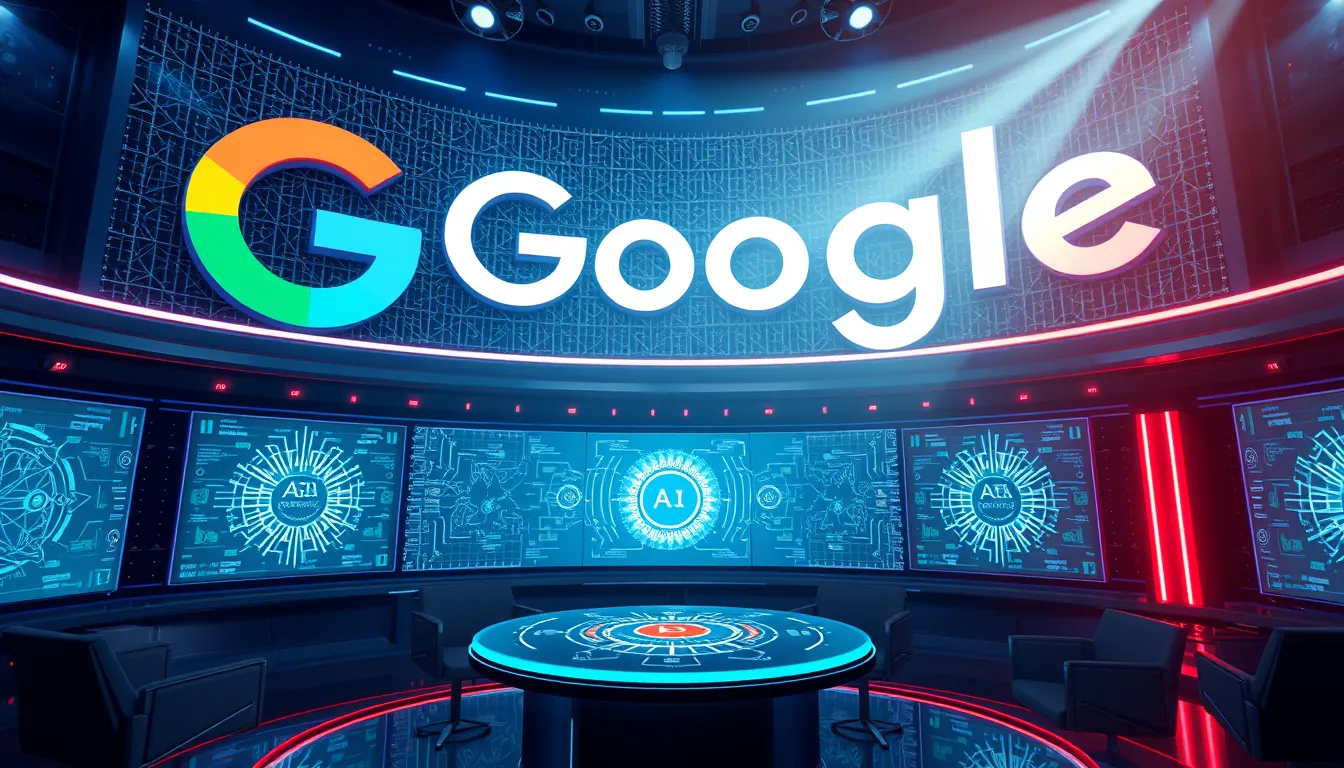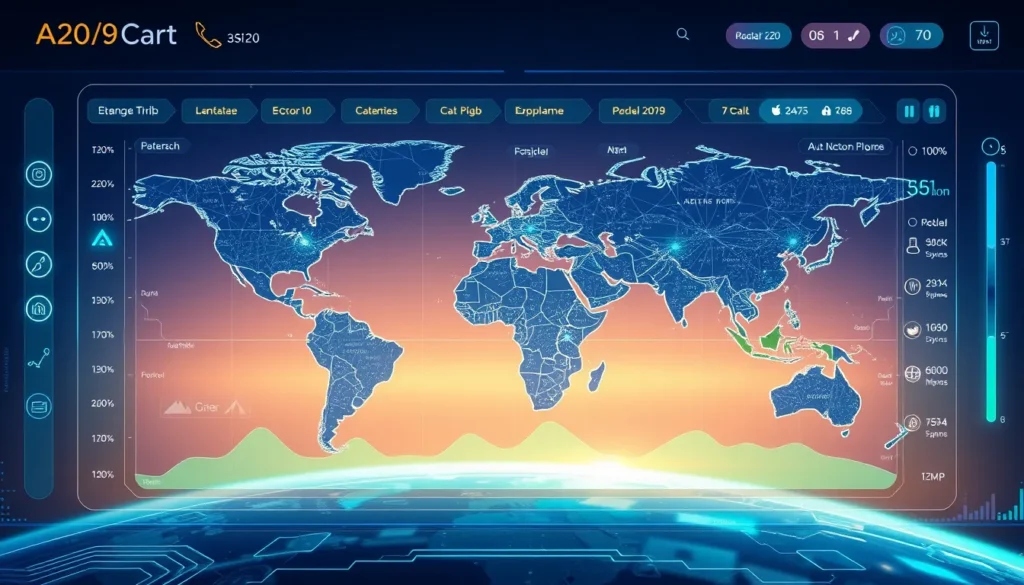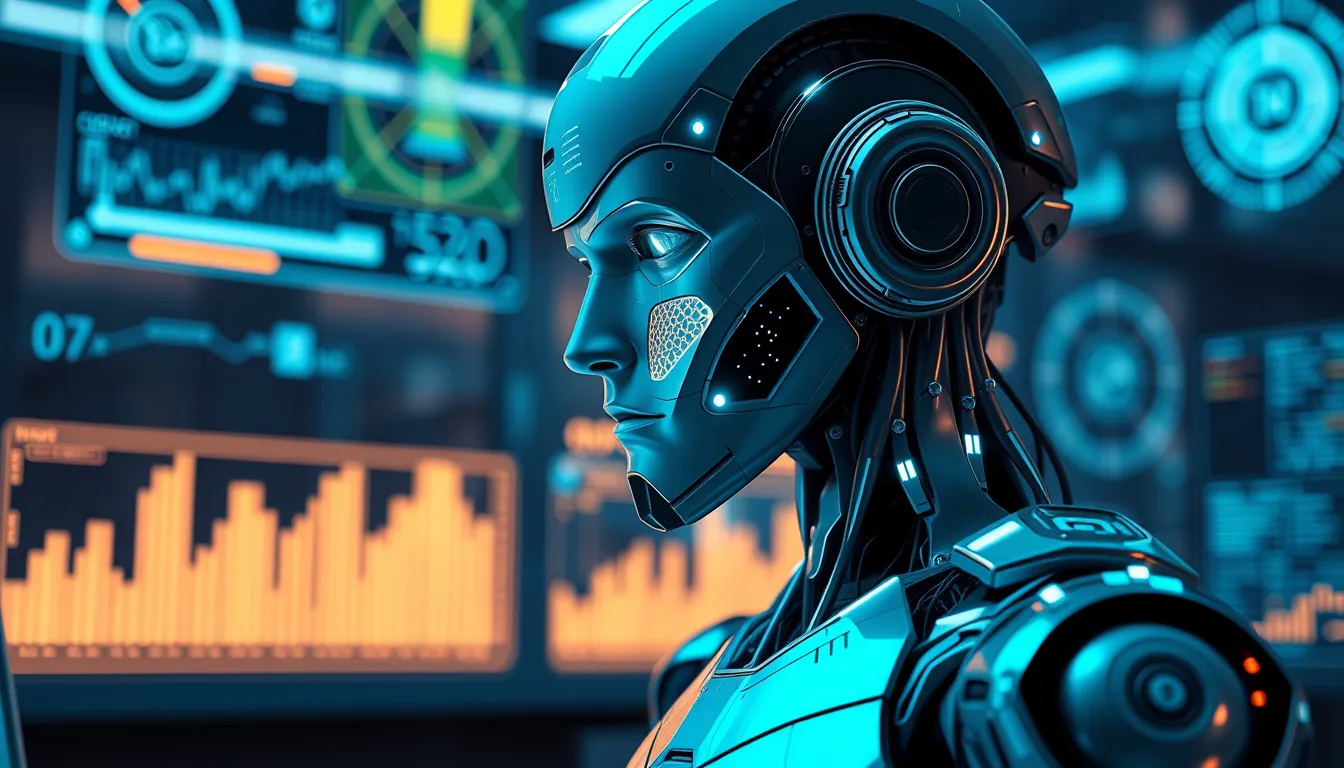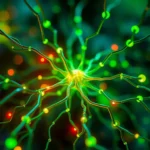Now Reading: Innovative Google Ask Photos: AI-Powered Search Insights
-
01
Innovative Google Ask Photos: AI-Powered Search Insights
Innovative Google Ask Photos: AI-Powered Search Insights

Innovative Google Ask Photos: AI-Powered Search Insights
Introduction
Google Ask Photos represents a significant breakthrough in AI-powered search technology, designed to transform the way users interact with and search through their personal image libraries on Google Photos. This innovative feature leverages advanced artificial intelligence and natural language processing to offer users a more intuitive, context-aware search experience. As tech enthusiasts and everyday users begin to notice the integration, discussions around its potential and current setbacks have gained momentum.
Overview of Google Ask Photos
Google Ask Photos is an experimental feature that allows users to use simple, natural language queries to locate specific photos based on events, objects, or even emotions. For instance, users can type queries like “show me pictures from my vacation” or “find photos of my dog,” and the system will generate results based on image recognition and contextual cues. Google, known for its relentless pursuit of innovation, is continuing to refine this tool to meet user expectations while ensuring accuracy and reliability.
How It Works
Fundamentally, the feature employs a sophisticated algorithm that processes user input using AI and machine learning. By integrating advanced image recognition technology, it can identify subjects, scenery, and even subtle details like facial expressions. This rapid evolution of technology emphasizes the importance of merging human creativity with computational power, making it easier for users to navigate extensive photo libraries with ease.
Refining AI-Powered Google Photos
In the initial phases, Google decided to pause the rollout of Ask Photos to ensure that every nuance of its AI-powered search is perfectly calibrated. This decision underscores Google’s commitment to excellence. At this stage, refining AI-powered Google Photos involves rigorous user testing, evaluating real-world interactions, and gathering crucial feedback.
Key points in the refinement process include:
- Tuning the algorithms for more accurate natural language interpretation.
- Enhancing image recognition to differentiate between similar subjects.
- Optimizing processing speed to handle large volumes of data quickly.
These steps ensure that the system can eventually deliver precise results, thereby enhancing user satisfaction and trust in the product. Google’s dedication to continuous improvement is clearly visible in its approach to deploying new technologies slowly and meticulously.
FAQ: Why Did Google Pause Ask Photos Rollout?
One of the most common queries from users and tech pundits alike is: “why did Google pause Ask Photos rollout?” The answer lies in the complexity of integrating cutting-edge AI into everyday tools. The pause allowed Google’s development team to:
- Analyze user feedback from early trials.
- Identify potential issues in natural language processing.
- Ensure the feature aligns with privacy and ethical standards.
By addressing these factors, Google is taking necessary measures to launch a more robust and reliable feature in the near future.
Challenges in AI Search Feature Google
Despite the remarkable potential of this feature, challenges in AI search feature Google are evident. Some of these challenges include ensuring data privacy, avoiding misinterpretation of user commands, and the continual need for software updates to keep pace with evolving language use. Developers have expressed concerns about the processing of ambiguous queries, which can sometimes lead to unpredictable results.
To overcome these challenges, Google is employing a multi-faceted strategy. The company is working closely with data security experts and investing in user experience testing to refine every aspect of the feature. The integration of natural language image search is complex, yet these critical challenges pave the way for long-term innovation and safer digital environments for all users.
Future Outlook and Potential Impact
Looking forward, the evolution of Google Ask Photos is set to have a profound influence on digital media and personal data management. As artificial intelligence continues to permeate multiple facets of daily life, its role in organizing and searching visual content becomes increasingly relevant. Users can expect not only increased efficiency but also personalized experiences that adapt over time.
Moreover, the approach taken by Google in iterating over their new features underlines the importance of quality and user trust in tech innovation. As more data is collected and processed, the system is projected to learn and improve, potentially influencing future AI developments in related fields.
Conclusion
In summary, Google Ask Photos embodies the exciting intersection of advanced artificial intelligence and practical everyday application. Although the current pause in its rollout may seem like a setback, it is ultimately a strategic decision aimed at providing users with a refined, high-quality product. As the tech giant continues to fine-tune its natural language image search capabilities, the future holds a promise of even more robust and innovative solutions that enhance our interaction with digital media.
For further updates on this breakthrough technology and to explore more about Google’s AI developments, visit the official Google site. This adjustment not only improves the functionality of Google Photos but also sets a new standard for technological innovation in the realm of AI-powered search.

























